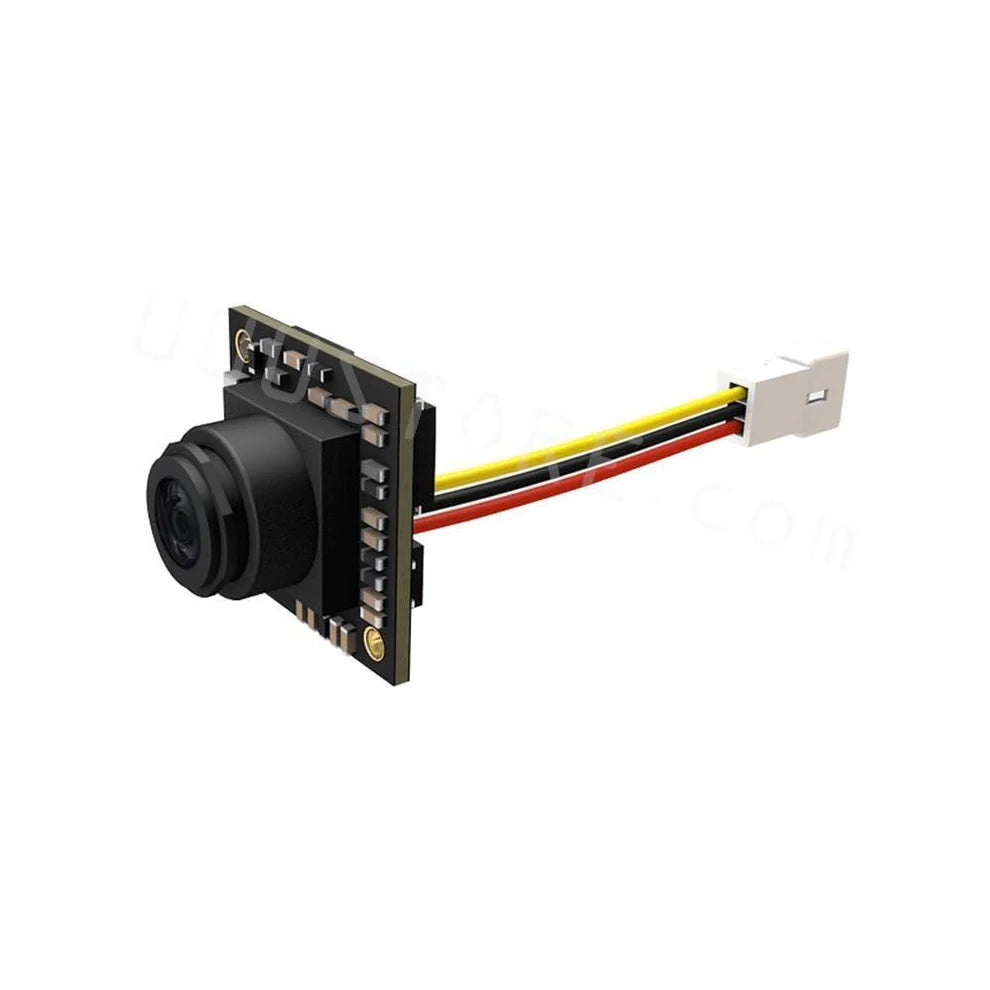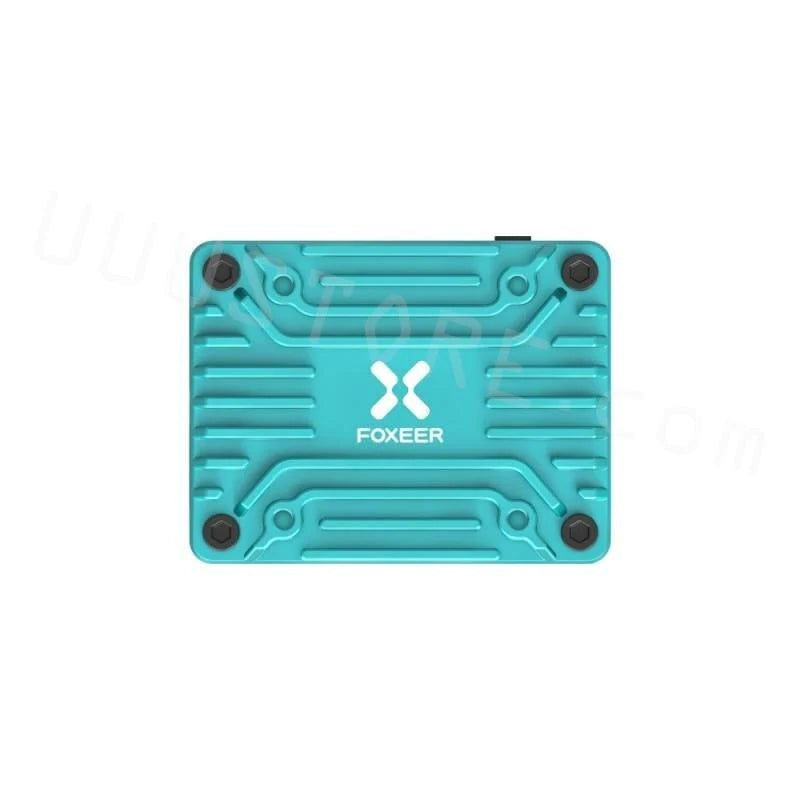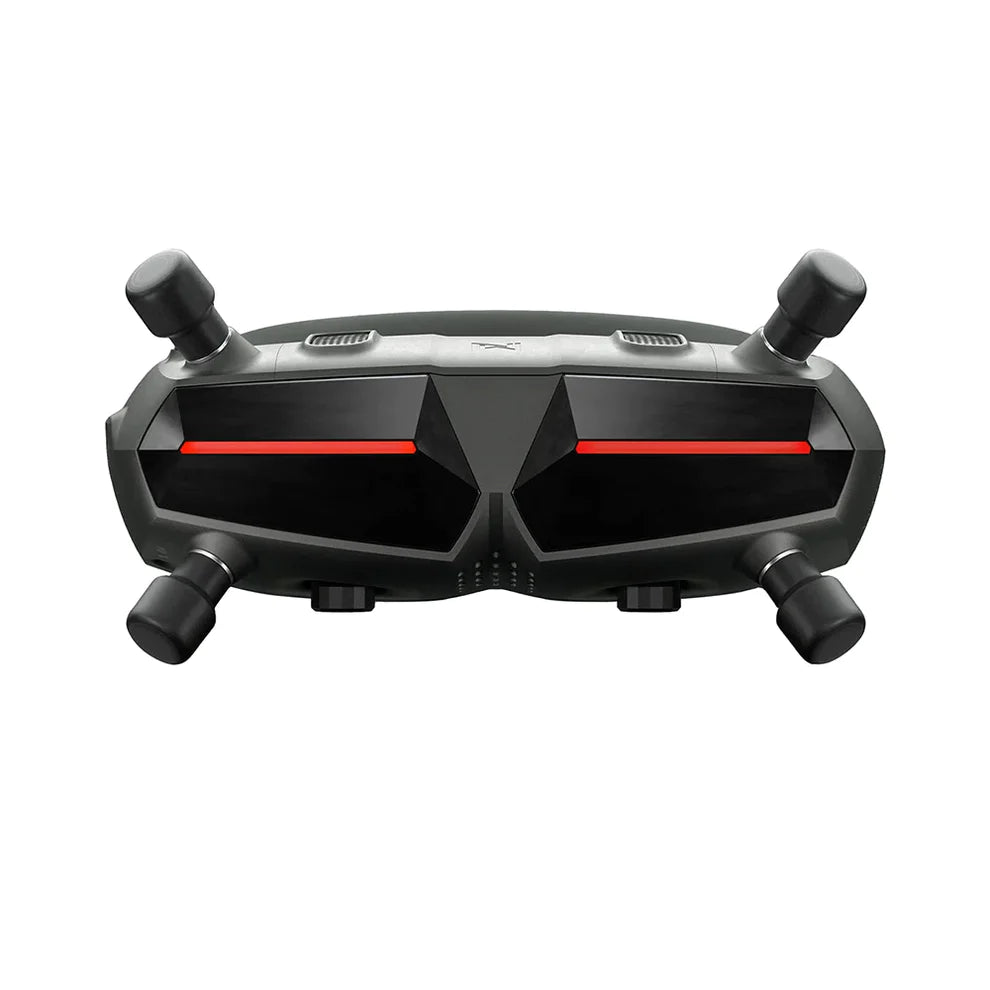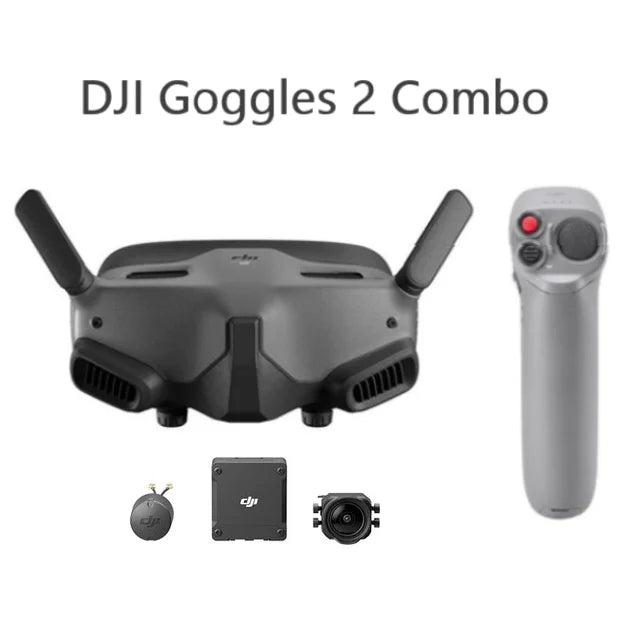How to Choose FPV Transmission System in 2024 (FPV Camera/VTX/VRX/Goggles) ? DJI, HDZero, Walksnail
How to Choose an FPV Transmission System in 2024?
Introduction
In 2024, the world of FPV (First Person View) drone flying continues to evolve rapidly, presenting pilots with a myriad of choices in video transmission systems. From the classic analog systems to the advanced digital offerings from brands like DJI, HDZero, and Walksnail Avatar, each system offers a unique set of features, pros, and cons. Understanding these differences is key to selecting the best FPV system for your specific needs, whether you're a beginner, a racing enthusiast, or a cinematic drone pilot.
Buy FPV Video Transmission System Products Here
https://rcdrone.top/collections/video-transmission-system
Understanding FPV Systems
FPV systems consist of several key components:
- Camera: Captures the real-time video.
- Video Transmitter (VTX): Sends the video from the drone.
- Video Receiver (VRX): Receives the transmitted video, typically integrated into the goggles.
- Goggles/Display: The interface where the pilot views the live video.
These systems can be broadly classified into two categories: Analog and Digital. The choice between these depends on multiple factors including video quality, latency, range, cost, and the specific requirements of your drone activities.
Buy FPV Camera : https://rcdrone.top/collections/fpv-camera
Key Components of FPV Systems
1. Camera
The camera is the eye of the FPV system. Mounted on the drone, it captures real-time video, providing the visual input that is transmitted back to the pilot.

Features to Consider:
- Resolution and Image Quality: Higher resolution cameras offer clearer and more detailed images.
- Field of View (FOV): Determines how wide an area the camera can capture. A wider FOV provides a more immersive experience but can introduce fisheye distortion.
- Low-Light Performance: Essential for flying in dim conditions.
- Latency: The delay between capturing and displaying the image. Lower latency is crucial for high-speed flying and racing.
Brand Recommendation:
DJI, Caddx,RunCam
2. Video Transmitter (VTX)
The VTX is responsible for sending the video captured by the camera to the video receiver. It is a critical component that determines the range and quality of the video transmission.

Key Aspects:
- Frequency: Common frequencies include 5.8 GHz (most popular), 2.4 GHz, and 1.3 GHz, each with its own range and penetration capabilities.
- Power Output: Higher power translates to longer range but consumes more battery and may increase interference.
- Size and Weight: Particularly important for smaller or racing drones.
- Channels and Bandwidth: More channels offer flexibility in crowded environments.
VTX Brand: DJI, Walksnail, HDZero,Foxeer
3. Video Receiver (VRX)
Typically integrated into the FPV goggles, the VRX receives the signal transmitted by the VTX. The quality and capabilities of the VRX directly affect the reception and, subsequently, the video quality.

Considerations:
- Compatibility with VTX: Must be compatible with the VTX’s frequency and channels.
- Sensitivity: Determines how well the VRX can pick up weak signals.
- Diversity Receivers: Utilize multiple antennas to improve reception and reduce signal dropouts.
4. Goggles/Display
The goggles or display are where the pilot views the live video feed. They range from basic screens to sophisticated goggles that offer an immersive experience.

Features to Look For:
- Resolution: Higher resolution provides a clearer image.
- FOV of Goggles: A wider FOV offers a more immersive experience.
- Comfort and Fit: Essential for long flying sessions.
- Adjustments: Features like IPD (Interpupillary Distance) adjustments can improve viewing comfort.
Analog FPV Systems
Overview
Analog FPV systems have been the backbone of the FPV community for years. They work by transmitting continuous wave signals, offering a real-time flying experience.
Pros:
- Affordability: Analog systems are generally less expensive.
- Low Latency: Crucial for applications like drone racing.
- Wide Compatibility: Compatible with a variety of hardware from different manufacturers.
Cons:
- Lower Image Quality: Analog signals offer lower resolution and are prone to static and interference.
- Limited Features: Lack the advanced functionalities found in digital systems.
Recommended Analog Equipment
- Goggles: Options range from budget to high-end models offering different features like screen resolution, field of view, and comfort.
- Cameras: Vary in sensor quality, low-light performance, and field of view.
- VTXs: Differ in power output, size, and additional features like Smart Audio.
Digital FPV Systems
The advent of digital FPV systems has brought significant improvements in video quality and overall flying experience.
DJI FPV System
Pros:
- High Image Quality: Offers up to 1080p resolution.
- Robust Signal: Better at handling interference, providing a more stable feed.
- Integrated Ecosystem: DJI offers an all-in-one solution including camera, transmitter, receiver, and goggles.
Cons:
- Higher Cost: Generally more expensive than analog setups.
- Closed Ecosystem: Limited compatibility with non-DJI equipment.
Buy DJI FPV System : https://rcdrone.top/products/dji-goggles-2-combo

HDZero
Pros:
- Good Balance of Quality and Latency: Offers 720p resolution at 60fps.
- Lower Latency: Comparable to analog systems, making it suitable for racing.
- Cost-Effective: A more affordable entry into the digital FPV world.
Cons:
- Image Quality: While better than analog, it falls short of the high standards set by DJI.
- User Interface: Some users may find the system less intuitive.

Walksnail Avatar
Pros:
- Versatile and High-Quality Image: Comparable to DJI in terms of video quality.
- Race Mode: Features a specific mode for racing, balancing quality and latency.
- Wider Compatibility: Supports multiple goggles and has solutions for various drone sizes.
Cons:
- Variable Latency: In standard mode, latency can fluctuate based on signal strength.
- Development Stage: Some features are still in progress.

Detailed Comparison and Use-Case Recommendations
Range and Penetration
Analog Systems
- Range: Effective for short to medium distances. With the right antenna setup, can achieve long-range but with decreased image quality.
- Penetration: Struggles with obstacles and interference, leading to image break-up.
DJI FPV System
- Range: Superior, with potential for long-distance flights.
- Penetration: Strong signal penetration, maintains quality through obstacles.
HDZero
- Range: Comparable to analog systems, with a cap on maximum output power.
- Penetration: Similar to analog, with slight improvements in signal stability.
Walksnail Avatar
- Range: Comparable to DJI, slightly lesser but adequate for most applications.
- Penetration: Robust, similar to DJI, offering stable video through obstacles.
Latency
Latency is critical, especially in racing or when flying near obstacles.
Analog Systems
- Latency: Around 10-20ms, offering real-time feedback, crucial for racing.
DJI FPV System
- Latency: Around 28ms in low-latency mode. Slightly higher but acceptable for freestyle and cinematic work.
HDZero
- Latency: Comparable to analog, making it suitable for racing.
Walksnail Avatar
- Latency: Variable based on mode; Race Mode offers reduced latency for competitive flying.
Cost
The cost is a decisive factor for many pilots, especially beginners.
Analog Systems
- Cost: Most budget-friendly, offering a variety of price points.
DJI FPV System
- Cost: Premium pricing, but offers high-end features.
HDZero
- Cost: Mid-range, a more affordable gateway to digital FPV.
Walksnail Avatar
- Cost: Slightly cheaper than DJI, with competitive features.
Video Quality
The quality of the video feed impacts the flying experience, especially for cinematic purposes.
Analog Systems
- Quality: Lower resolution, prone to static and noise.
DJI FPV System
- Quality: Superior, with up to 1080p resolution.
HDZero
- Quality: Better than analog but not as high as DJI.
Walksnail Avatar
- Quality: Close to DJI, offering crisp and clear imagery.
Interference Handling
How the system handles signal interference can affect flight safety and experience.
Analog Systems
- Interference: Prone to static and image degradation.
DJI FPV System
- Interference: Robust against interference, maintains stable feed.
HDZero
- Interference: Similar to analog but with improved stability.
Walksnail Avatar
- Interference: Comparable to DJI in handling interference effectively.
Community and Ecosystem
The support and development ecosystem around an FPV system can influence its longevity and adaptability.
Analog Systems
- Community: Large and diverse, with extensive DIY options.
DJI FPV System
- Community: Largely based around DJI’s ecosystem, with limited cross-compatibility.
HDZero
- Community: Growing, with responsive development based on user feedback.
Walksnail Avatar
- Community: Emerging, showing promise with active engagement and updates.
Choosing the Right System for Your Needs
For Beginners
- Recommendation: Analog or HDZero for their affordability and lower complexity.
- Rationale: Beginners can benefit from the simplicity and low-cost entry point.
For Racing
- Recommendation: Analog or HDZero, due to their low latency.
- Rationale: Racing requires real-time responsiveness, where every millisecond counts.
For Freestyle and Cinematic Work
- Recommendation: DJI FPV System for its superior video quality.
- Rationale: Higher image quality enhances the cinematic experience.
For Long-Range Flying
- Recommendation: DJI or Walksnail for their superior range and penetration.
- Rationale: Long-range flights require stable and strong signal transmission.
For Micro and Small Drones
- Recommendation: Walksnail or HDZero for their smaller and lighter equipment.
- Rationale: Micro drones need compact and lightweight systems to maintain performance.
Future of FPV Systems: Analog vs Digital
While digital systems like DJI, HDZero, and Walksnail Avatar are gaining popularity, analog systems continue to hold a significant place in the FPV community. The affordability, low latency, and wide compatibility of analog systems make them a viable choice, especially for specific applications like racing. However, the superior video quality and advanced features of digital systems are steadily attracting a broader user base, especially among pilots focusing on cinematic and long-range flying.
Conclusion
Choosing the right FPV system in 2024 involves balancing factors such as cost, video quality, range, latency, and the specific requirements of your flying style. Whether you opt for the time-tested analog systems or venture into the advanced realm of digital FPV with DJI, HDZero, or Walksnail Avatar, your decision should align with your personal preferences, flying goals, and budget. As the technology continues to evolve, staying informed and adaptable is key to enjoying the thrilling world of FPV drone flying.